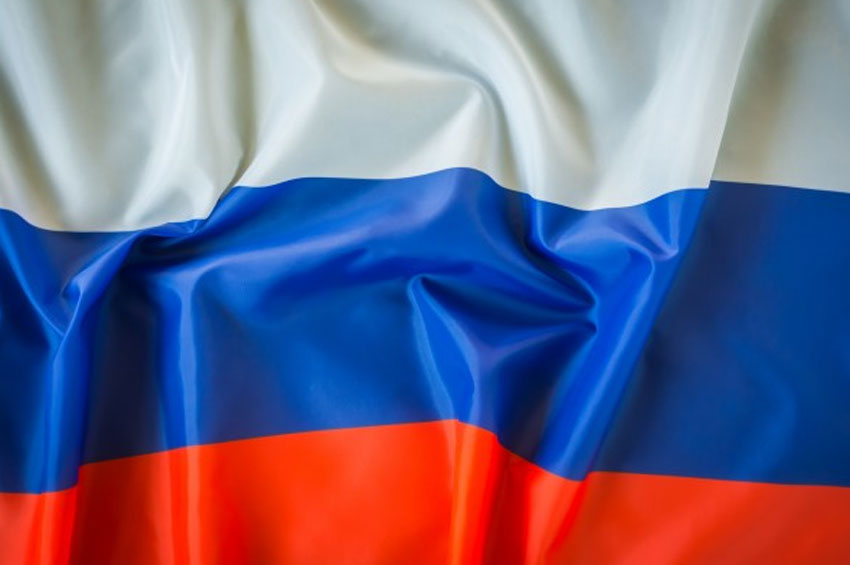Russia invest US$30mn to protect domestic textile industry

As the foreign competition has increased, the Russian government has approved a programme to protect the domestic textile industry under an existing government policy known as the “Strategy of development of textile and light industry in the Russian Federation for the period till 2025” from the current financial year.
Investment set by the ministry of industry and trade at two billion roubles (US$30m). As per the programme, allocated funds will be used for:
- Textile and clothing manufacturers, especially producers of specialist technical clothing and school uniforms.
- It will cover interest rates on loans, borrowed by Russian manufacturers from banks.
- It will be spent on establishing a special bank branch within the state-run Russian Agricultural Bank (Rosselkhozbank), which will focus on providing loans to local clothing and textile manufacturers on beneficial terms.
- It will be used for technical support and re-equipping manufacturers with a new plant.
- It will be invested in training skilled personnel within the industry.
USSR collapse and the series of economic and political crises have resulted in a major decline of demand for work in the domestic textile industry, that became mainly due to low wages which are significantly lower than those offered by other industries of Russian industrial production.
Along with the traditional shortage of raw material and poor technical equipment, one of the major pressing problem is the shortage of skilled personnel faced by the industry. Another problem is the lack of cheap loans as the present policy of the majority of banks aimed at reducing their loan portfolios.
Currently, Russian-made textile product’s share within the domestic market is estimated at 24.6%. However, the government expects to increase this proportion to 50% by 2018-2019 generating up to 100,000 new jobs within the industry.
The adoption of the programme is a good news for the industry, however it will mostly depend on the further implementation.





